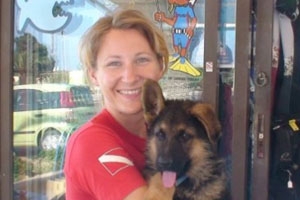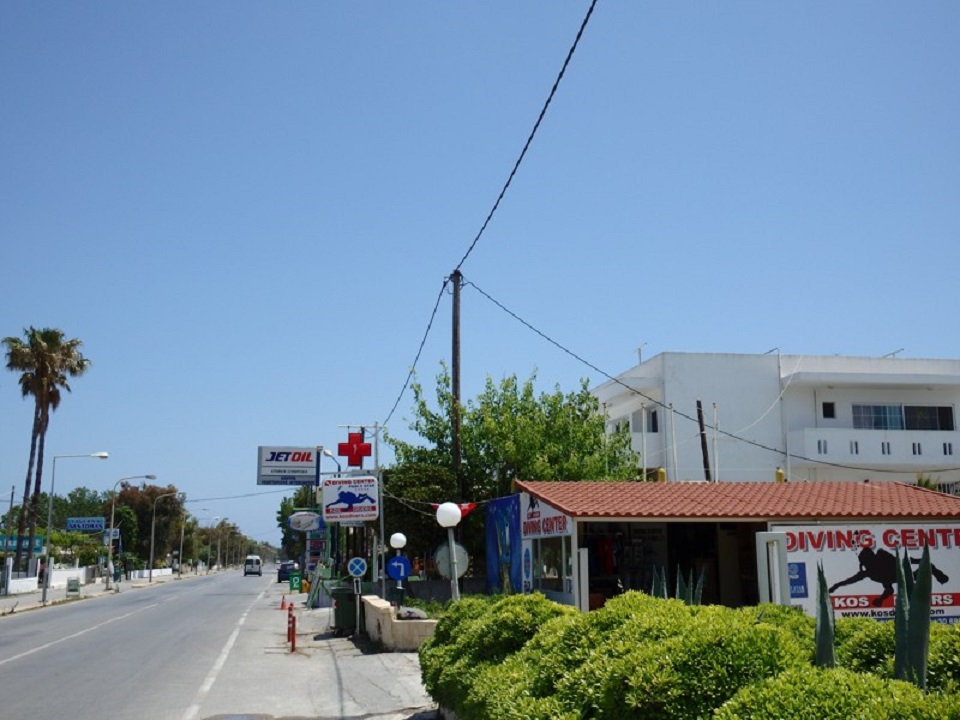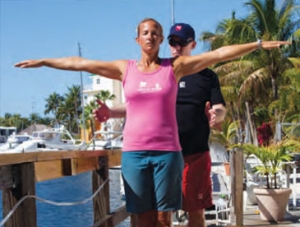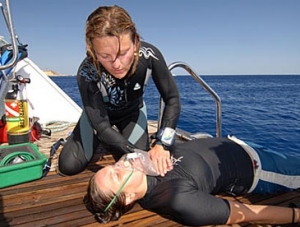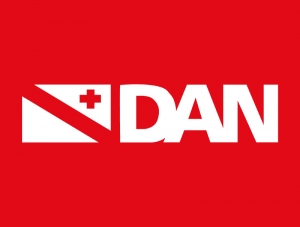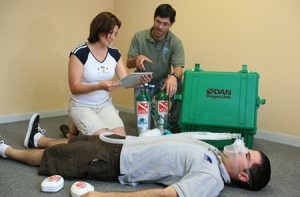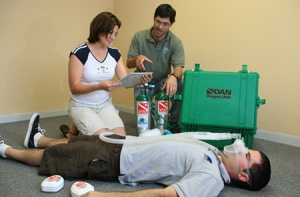Tassos Marinos
Janka Hoghova
Janka is Padi Rescue Diver
She is sales and marketing manager.
She is going to give you the first information, help you with your questions, schedule and arrange your dives and courses.
She is our boss...
Konstantinos Marmarinos
Kostas is the founder and owner of Kos Divers. He is an experienced scuba instructor, lifeguard instructor and an active commercial diver. He is a diver since 1992.
Kostas is certified as follows:
- PADI Master Scuba Diver Trainer
- PADI FIRST RESPONSE Instructor
- CMAS *** Instructor
- IANTD TRIMIX instructor
- PADI Gas Blender & Technical EANx instructor
- DAN instructor
You can meet him at the dive shop daily 1000-1700
Where to find us
A. Padi 5* - Dive Shop - info & booking office
daily 0900-1500
Visit Our Dive Shop in Psalidi, Kos
You can find Kos Divers inside the Niriides Beach Hotel in the scenic Psalidi area, just 1.5 km from the center of Kos Town—a short walk or drive away! (See map above for directions.)
Steps from the Sea – Dive In with Us!
Our PADI 5-Star Dive Center is located just 20 meters from the water, with several dive sites right nearby. Whether you’re planning your first dive, a course, or some gear shopping, we’d love to welcome you and help you get started.
Top-Quality Diving Equipment for Sale
At our shop, you’ll also find a wide selection of scuba diving equipment and accessories from leading brands such as:
- Oceanic
- Tusa
- Poseidon
- Waterproof
- Camaro
- AP Valves
We’re happy to assist you in choosing the right gear and answering any questions you might have.
Get in Touch
For current working hours, dive schedules, or to book a course:
Call us or WhatsApp us at +30 6932155422
B. Padi 5* Diving center
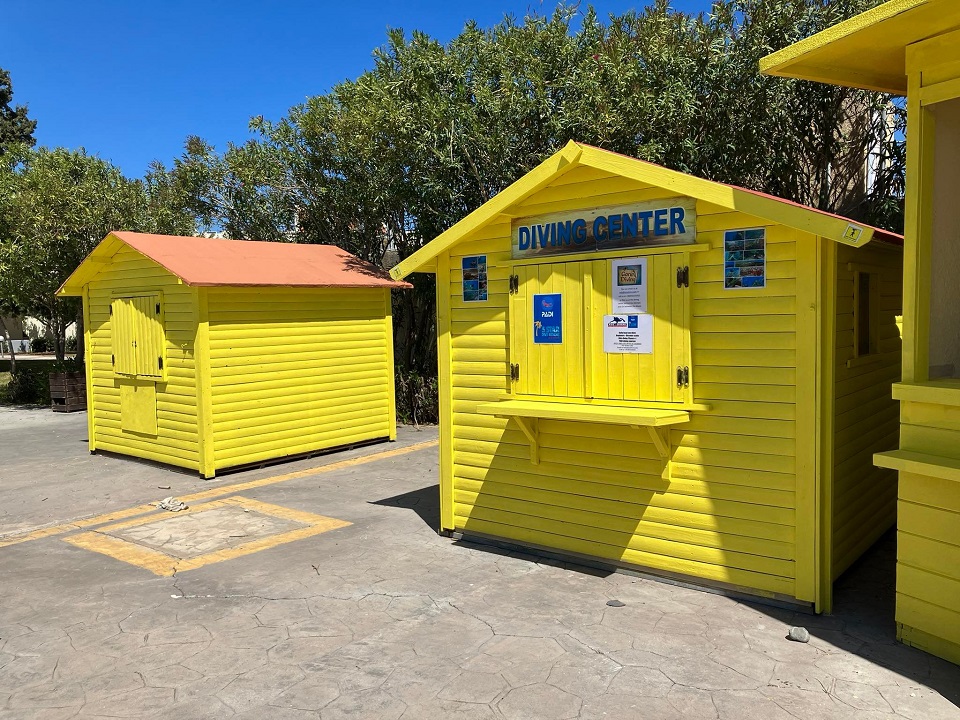
photo of our info kiosk
Kos Divers – PADI 5-Star Dive Resort in Kipriotis Village, Kos
Kos Divers operates from Kipriotis Village Resort in the Psalidi area, just 3 km from Kos Town. As a certified PADI 5-Star Dive Resort, we offer a full range of scuba diving services and PADI courses at this location—open to everyone, not just hotel guests!
You can easily find our information kiosk near the main pool area, just behind the amphitheater.
Convenient Location, Seamless Experience
Our swimming pools and nearby dive sites are only a few meters away from our training facilities. That means:
- No long car or boat rides
- More time to enjoy the water
- Easy access to on-site training and open water dives
Whether you're trying scuba for the first time or advancing your certification, we offer all our PADI courses at a relaxed pace, with a strong focus on safety, comfort, and personal attention.
Friendly, Professional, and Always Here to Help
Our goal is to make your diving journey both educational and enjoyable, in a welcoming, professional environment.
For working hours or to book your dive, call or WhatsApp us at +30 693 215 5422
On-site Neurological Assessment for divers
This course, On-Site Neurological Assessment for Divers, is an advanced-level program that provides additional training for those individuals who have successfully completed the DAN Oxygen First Aid for Scuba Diving Injuries course within the past two years (24 months).
Course Objective
The DAN On-Site Neurological Assessment for Divers Provider (“DAN On-Site Neuro Provider”) program is designed to:
Refresh the knowledge of the warning signs of a dive emergency
Identify when it is appropriate to conduct an on-site neurological assessment
Conduct an on-site neurological assessment
Learning Objectives
At the end of this program, DAN On-Site Neurological Assessment for Divers, participants will be able to:
Understand and identify common warning signs of decompression illness.
Take a dive history to determine when it is appropriate to conduct a complete n-Site Neurological Assessment.
Use an On-Site Neurological Assessment Slate to conduct a complete On-Site Neurological Assessment.
Knowledge Development
Review of Decompression Illness
The Purpose of an On-Site Neurological Assessment
The Five Areas Evaluated as Part of an On-Site Neurological Assessment, including:
Mental Function
Cranial Nerves
Motor Function (Strength)
Sensory Function
Balance and Coordination
Skills Development
Taking a History
Taking Vital Signs
Mental Function
Consciousness
Speech and Language
Orientation to Time and Place
Judgment
Short-Term Memory
Abstract Reasoning
Calculations
Cranial Nerves
Eye Control
Facial Control
Facial Sensation
Hearing
Motor Function (Strength)
Shoulders (Deltoids)
Biceps
Triceps
Finger Spread
Grip Strength
Hip Flexors
Quadriceps
Hamstrings
Feet
Sensory Function
Light Touch
Sharp Touch
Balance and Coordination
Walking
Finger-Nose-Finger
(DFR) Diving First Responder
DAN Europe's Comprehensive Training packages. DAN offers several dive-specific first aid training programs. Because these courses are often taught independently, there is repetitive information and skills.
The Diving Emergency Management Provider and the Diving First Responder Course allows DAN Instructors to offer an integrated course that allows divers to learn the information and skills in DAN Training Programs, at a significant savings of time, but without sacrificing any skills.
While the Diving Emergency Management Provider course combines the Oxygen, AED and HMLI course, the DAN Diving First Responder course also includes the skills and knowledge from the Advanced Oxygen Provider course.
Oxygen First Aid for Aquatic Emergencies
Oxygen First Aid for Aquatic Emergencies represents training designed to educate the public to recognise possible aquatic related injuries and to provide emergency oxygen first aid while activating the local emergency medical services (EMS) and / or arranging for evacuation to the nearest medical facility.
Course Objective
The objective of this course is to train and educate the public in the techniques of using oxygen, as first aid for a suspected submersion incident (near drowning).
Learning and Skills Performance Objectives
Participants must demonstrate mastery of the following objectives to successfully complete the course:
Describe the role and function of the cardiac and respiratory systems in the human body.
Identify and describe the major causes of aquatic accidents.
Describe the mechanisms of drowning.
Describe the benefits to the victim of using oxygen first aid.
Demonstrate the set up and use of the emergency oxygen equipment used in this course.
Demonstrate rescue breathing and one-rescuer CPR.
Identify the indications for supplemental oxygen first aid use.
Demonstrate the first aid response of a non-breathing swimmer with a pulse.
Demonstrate the first aid response for a non-breathing swimmer with no pulse.
Demonstrate the first aid response for a breathing swimmer.
Demonstrate the first aid response for a swimmer who stops breathing during
This course is not designed to train divers in the use of oxygen.
Divers should participate in a DAN Oxygen First Aid for Scuba Diving course.
Oxygen & Advanced Oxygen First Aid for Scuba Diving Injuries
Basic Live support & O2 Provider
Advanced Oxygen First Aid for Scuba Diving Injuries
The DAN Advanced Oxygen First Aid for Scuba Diving Injuries Course is a Training Program for those individuals who have successfully completed the DAN Oxygen First Aid for Scuba Diving Injuries course.
It is designed to train DAN Oxygen Providers to use a positive pressure valve (as the MTV100) and/or a bag-valve-mask (BVM); depending on local legal laws and regulations.
Course Objective
The DAN Advanced Oxygen First Aid for Scuba Diving Injuries ("DAN Advanced Oxygen Provider") programme is designed to teach the skills and knowledge needed to supplement Basic Life Support (BLS) and Cardiopulmonary Resuscitation (CPR) skills with resuscitation techniques to assist any diver who is not breathing. The course is divided into two parts: The use of the Manual Triggered Ventilator (MTV, also known as Resuscitation valve) and the use of the Bag Valve Mask (BVM). According to local laws and regulations, providers will be trained in the use of the MTV only or in the use of both MTV and BVM.
Learning Objectives
At the end of this programme, participants will be able to:
List the instructions for providing oxygen to non-breathing injured scuba divers.
State the ideal concentrations of oxygen and the factors that can influence them.
Inspect the MTV and/or Bag Valve Mask
Outline the circumstances for using the MTV and/or the Bag Valve Mask.
List the directions for ventilations with the MTV and/or Bag Valve Mask.
List the potential problems associated with the use of the MTV and /or Bag Valve Mask.
List the considerations for effective ventilations with the MTV and/or Bag Valve Mask.
Describe the characteristics of an effective ventilation using the MTV and/or Bag Valve Mask
Explain the steps to follow for cleaning, disinfecting and maintenance of the MTV and/or Bag Valve Mask.
Perform a scene safety assessment.
List the steps in performing a scene safety assessment.
Assess the Airway, Breathing and Circulation (ABCs) of an injured diver.
Demonstrate a caring attitude towards a diver who becomes ill or injured.
Establish and maintain the Airway and Breathing (perform Rescue Breathing) for an injured diver.
Disassemble and reassemble the MTV and/or Bag Valve Mask.
Demonstrate the correct technique for testing the MTV and/or the Bag Valve Mask prior to using it.
Use the MTV and/or Bag Valve Mask to resuscitate non-breathing divers (during training this will be done on a mannequin)
Use the MTV to provide oxygen to breathing divers
The nature and scope of this course is limited to training Oxygen Providers to provide first aid, using the MTV and/or the BVM for non-breathing injured divers.
This course does not provide complete training for cardiopulmonary resuscitation (CPR).
Oxygen First Aid for Scuba Diving Injuries
DAN Oxygen First Aid for Scuba Diving Injuries course represents entry-level training designed to educate divers and interested non-divers (such as a charter boat captain) to recognise scuba diving injuries and to provide emergency oxygen first aid.
Course Objective
The course is designed to train and educate the general diving public in the techniques of using oxygen as first aid for a suspected dive injury. In addition, this course will introduce novice divers to the fundamentals of recognising diving injury signs and symptoms, response and management. This program also provides an excellent opportunity for experienced divers and instructors to continue their education.
The DAN Oxygen Provider course is not designed to train lay persons to provide oxygen to the general public. While the medical standards and equipment are the same regarding the emergency use of oxygen for both divers and non-divers, the DAN Oxygen Provider course does not prepare individuals to respond to the ill or injured member of the general public by using emergency oxygen.
Learning Objectives
Course participants must be familiar with the signs and symptoms of major diving injuries including near drowning and decompression illnesses (arterial gas embolism and decompression sickness).
Course participants must demonstrate proper deployment, assembly, disassembly, and use of all components of the DAN Oxygen Unit. This includes use of the demand inhalator valve / mask, constant flow (delivering oxygen up to 25 lpm), non-rebreather mask and oronasal resuscitation mask with supplemental oxygen inlet.
The course participant must demonstrate skill and confidence while providing emergency oxygen to simulated injured divers by:
Assessing the scene and oxygen provider safety
Deploying and operating the DAN Oxygen Unit
Selecting and preparing the appropriate oxygen mask
Operating the DAN Oxygen Unit and using these oxygen delivery devices:
Demand inhalator valve and mask
Constant-flow, non-rebreather mask
Oronasal resuscitation mask with supplemental oxygen inlet
Identification of the main components of the DAN Oxygen Unit
Oxygen cylinder and valve
Multi-function regulator
"T" handle
Handwheel/wrench
Oxygen washer
Constant-flow controller
Intermediate (White) pressure hose
Pressure activated check valve (in threaded outlet)
Demand inhalator valve
Oronasal mask
Non-rebreather mask
Oronasal resuscitation mask with supplemental oxygen inlet


